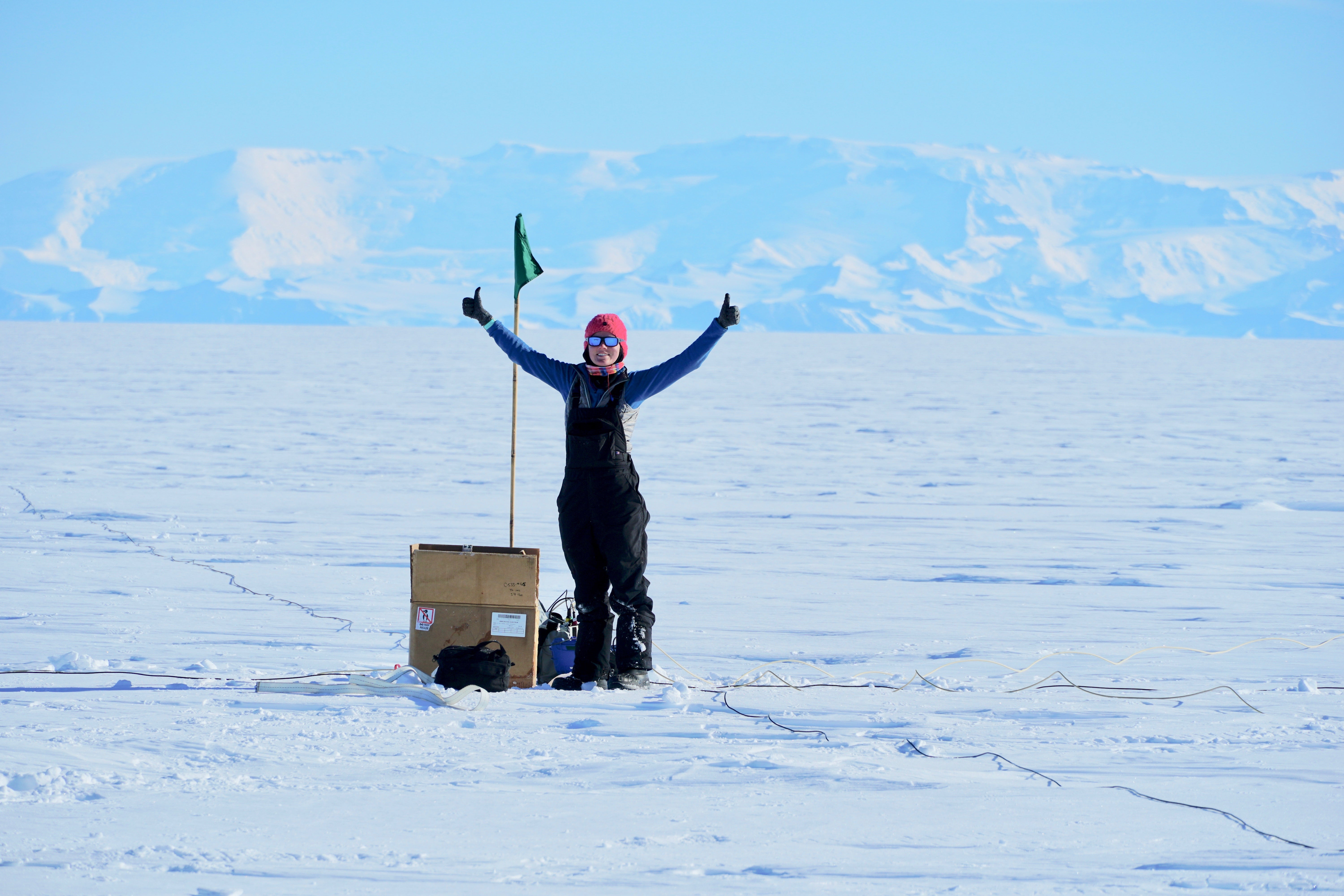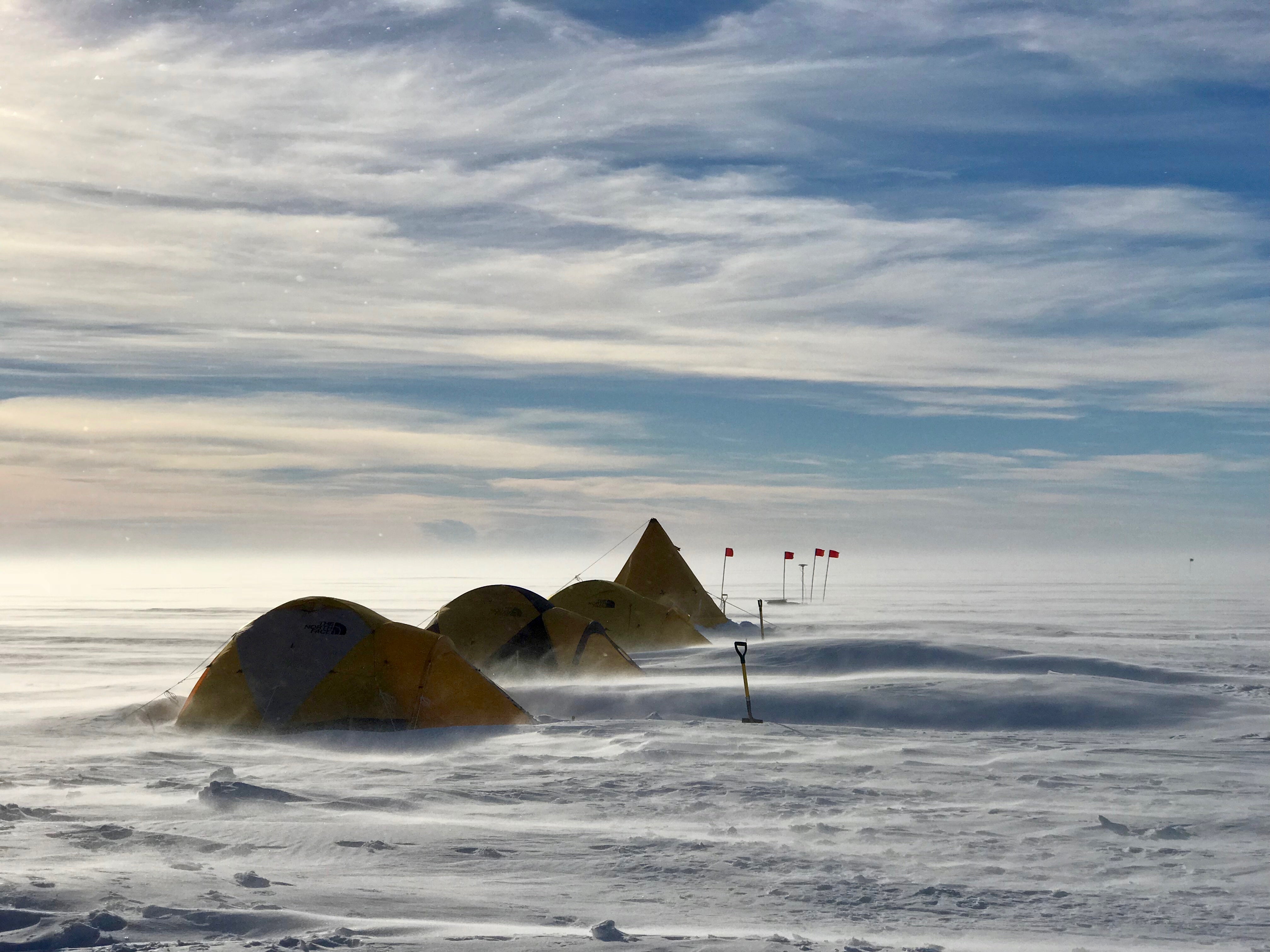Breakthrough discovery of groundwater beneath Antarctic ice sheet - and what it may mean for sea level rise
“Antarctica has such a huge potential for sea level rise, and with such devastating consequences, that we really need to understand what is the risk that it poses,” a researcher told The Independent
Your support helps us to tell the story
From reproductive rights to climate change to Big Tech, The Independent is on the ground when the story is developing. Whether it's investigating the financials of Elon Musk's pro-Trump PAC or producing our latest documentary, 'The A Word', which shines a light on the American women fighting for reproductive rights, we know how important it is to parse out the facts from the messaging.
At such a critical moment in US history, we need reporters on the ground. Your donation allows us to keep sending journalists to speak to both sides of the story.
The Independent is trusted by Americans across the entire political spectrum. And unlike many other quality news outlets, we choose not to lock Americans out of our reporting and analysis with paywalls. We believe quality journalism should be available to everyone, paid for by those who can afford it.
Your support makes all the difference.For the first time, scientists have found evidence of water in the ground deep below the Antarctic ice sheet.
The findings, published on Thursday, offers new insight into how ice might respond to warming temperatures with the progression of the climate crisis.
This discovery could impact how scientists predict the speed of ice moving toward the ocean, a major contributor to global sea level rise, researchers say.
“Antarctica has such a huge potential for sea level rise, and with such devastating consequences, that we really need to understand what is the risk that it poses,” Kerry Key, a geophysicist at Columbia University and one of the paper’s authors, told The Independent.
The study, published in the journal Science, involved the research team traveling to the Whillans Ice Stream in Western Antarctic for six weeks to investigate the ground deep below the continent’s ice shelf.
The impact of the Antarctic ice sheet on global sea level can’t be overstated. Unlike around the North Pole, where the ice is mostly frozen seawater, Antarctica’s ice sits on the continent itself — meaning that if it fell into the ocean, it would add more water and raise sea levels.
Antarctica has enough ice to raise sea levels by around 60 metres (200 feet), Dr Key says, which would completely alter every coastline on Earth, completely submerging the state of Florida and most of Bangladesh, for example.
Of course, that’s only if all the ice makes it to the ocean. Only some of the continent’s ice is poised to melt into the sea in the near future, Dr Key points out.
That’s why scientists are keen to understand how quickly the ice is moving. Think of the ice like water in a water bottle, Dr Key says. If the bottle has a small opening, the water will drip out slowly.
“But then if you take the lid off the bottle, right, and turn it upside down, all the water comes out right away, right?” he says.

We have a pretty good grasp on how fast the ice is moving, he notes — but the reasons for that speed? Not as much.
“We kind of need to know — how big is the nozzle on the water bottle?” Dr Key says.
One major factor in determining the size of that “nozzle” is the water directly below the ice, which can help the ice move faster towards the ocean — sometimes much faster.
Without water or loose sediment helping to grease the wheels, ice can move toward the ocean at a rate of around 50 metres per year, Lauren Simkins, a glacial geologist at the University of Virginia who was not part of the study, told The Independent.
However the Whillans Ice Stream — a flow of ice spilling into West Antarctica’s Ross Ice Shelf, where the new research was undertaken — can move toward the ocean closer to 750-800 metres per year, she says.
Predicting how fast the ice is going to move depends on how much water is below the ice and how that water moves around the ice.
In the past couple of decades, scientists have documented water in the space immediately below the Whillans Ice Stream, Dr Key says, as well as some sediment samples.
But no one had mapped what lies deep underground — or what that meant for predictions of ice flow.
So, in 2018, Key and three of his colleagues shipped out to Antarctica. After getting outfitted at the US research base McMurdo Station, the team boarded a cargo plane that dropped off the four of them— plus some massive palettes of gear — for six weeks alone on the ice.
“We had to get out our camp stove and show that we had fuel and that the camp stove worked,” Dr Key says. “And as soon as we proved that, you know, they shut the doors and the plane took off. And we’re on our own.”
In between melting snow for water and digging their tents out of snowdrifts, they set up sensors that could pick up on electromagnetic activity and relayed information about the ice and ground below.
With their data, the team was able to document that groundwater was flowing through the sediments hundreds of metres below the ice — with over 10 times as much water underground as water flowing directly below the ice shelf.

Some of that water likely melted down from the ice below. But deeper underground, the water got saltier, likely a holdover from when the land was covered by the ocean a few thousand years ago.
This is a “foundational” study, and one of the first attempts to look at deep groundwater below ice sheets that could impact models of ice sheet movement and sea level rise, Dr Simkins says.
But exactly how this new discovery will impact ice flow projections isn’t clear yet. If water melting off the ice were to flow down into the ground, the paper suggests, that could slow down the ice’s procession toward the ocean by removing water and heat.
On the other hand, if water were to flow up from the ground, they note, that could make the ice move faster by adding water and heat. In addition, they speculate, that upwards-flowing water could push carbon from inside the sediments out to sea — changing how scientists think about sources of the ocean’s carbon.
Even with so much at stake when it comes to sea level rise in a warming climate, scientists are still uncovering some of the factors that determine how fast Antarctica’s ice is moving.
But studies like this one, Dr Simkins says, “are highlighting some of the components that are missing in models that we really need to better understand ice flow.”



Join our commenting forum
Join thought-provoking conversations, follow other Independent readers and see their replies
Comments